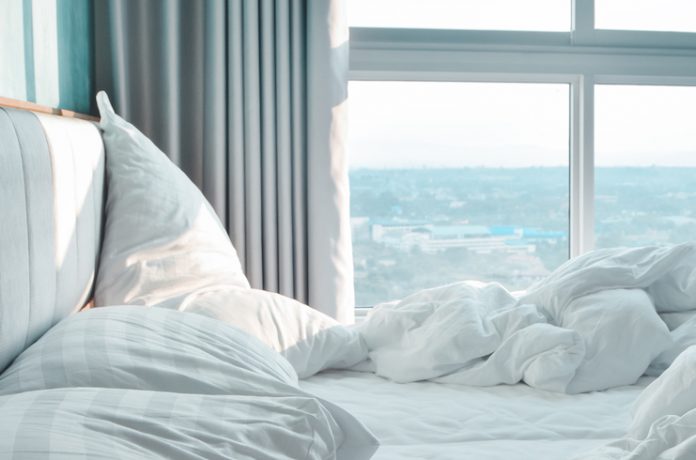
As hotels continue to struggle to fully staff their housekeeping departments in a post-COVID environment, many properties are opting to offer guestroom cleaning only upon guest request, turnover, or in increments of three days or longer. While this new initiative seems easy to implement, management teams should first take into account the following considerations:
Guest Expectations
It was easier for a linen reuse initiative to be implemented 25 years ago because it better aligned with guests’ expectations as most felt a sense of duty to act in conjunction with the hotel in an environmentally responsible manner. Moreover, the bed was still being made, trash emptied, amenities replenished, and the bathroom cleaned on a daily basis. But the post-pandemic version of the initiative does not incorporate any daily service unless guests “opt in.” With no reduction in room rate or other benefit afforded to paying travelers for staying in an uncleaned guestroom, why should they be willing to embrace this concept?
Cleanliness, Safety, and Security
The practice of having staff members entering a stayover guestroom only on or after the third day can pose some challenges and risks. A guest who unfortunately expires inside the guestroom may not be found for several days; accumulated trash may attract vermin and pests; theft or damage to the guestroom contents may be noticed too late to hold guests accountable; and prohibited and dangerous items (e.g., meth labs, weapons) and maintenance failures could harm hotel guests or create greater damage to the property than if these were discovered by housekeeping days earlier. Finally, it will take longer to service turnover guestrooms if they are not cleaned daily.











